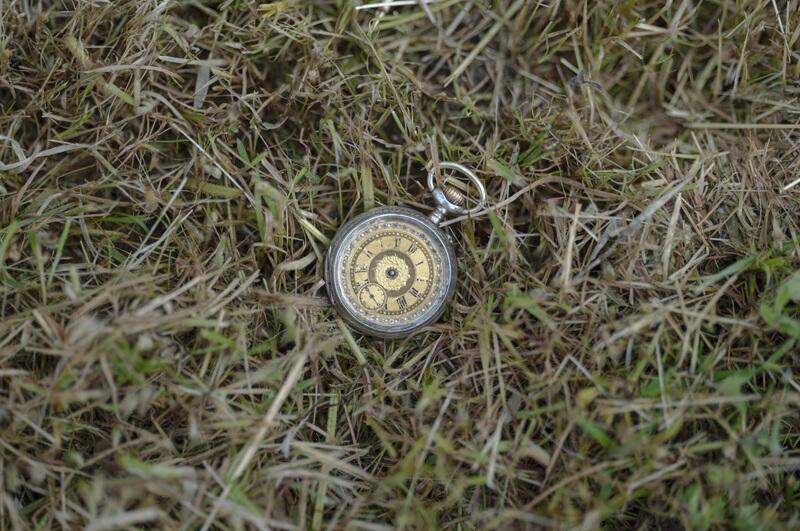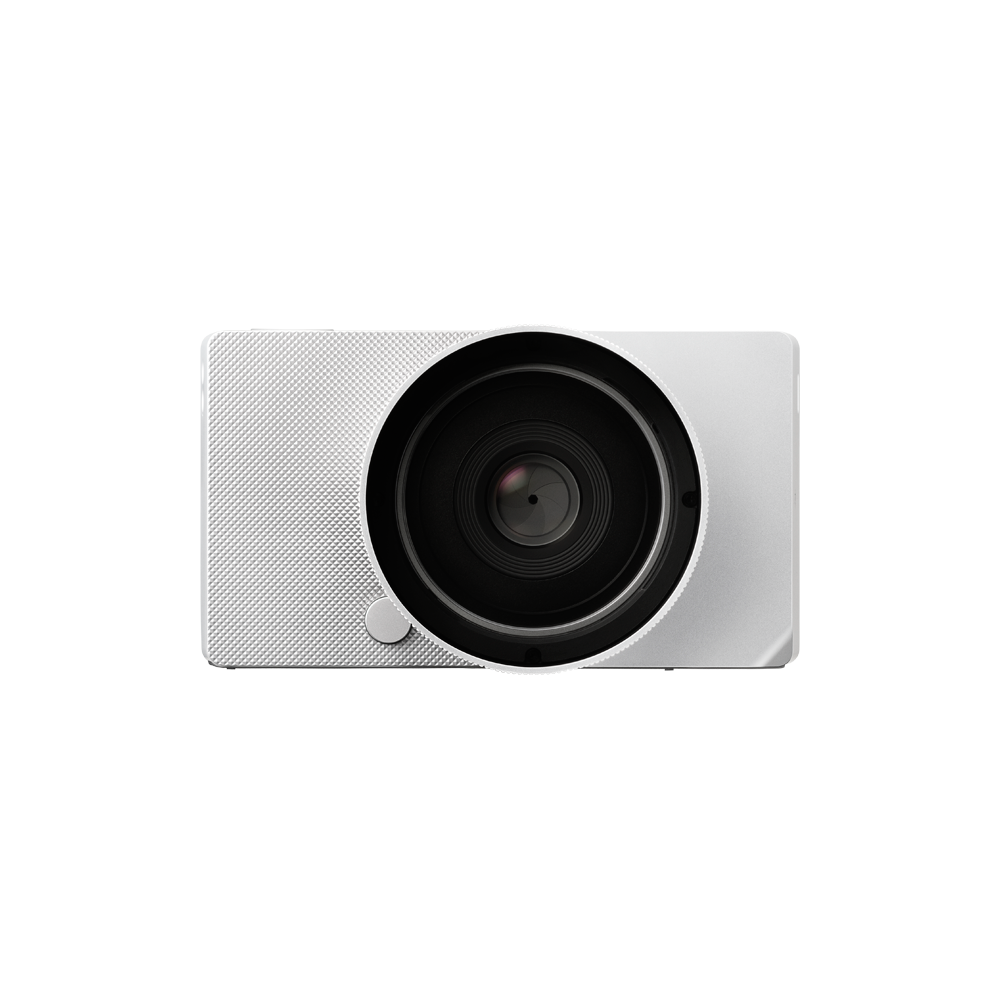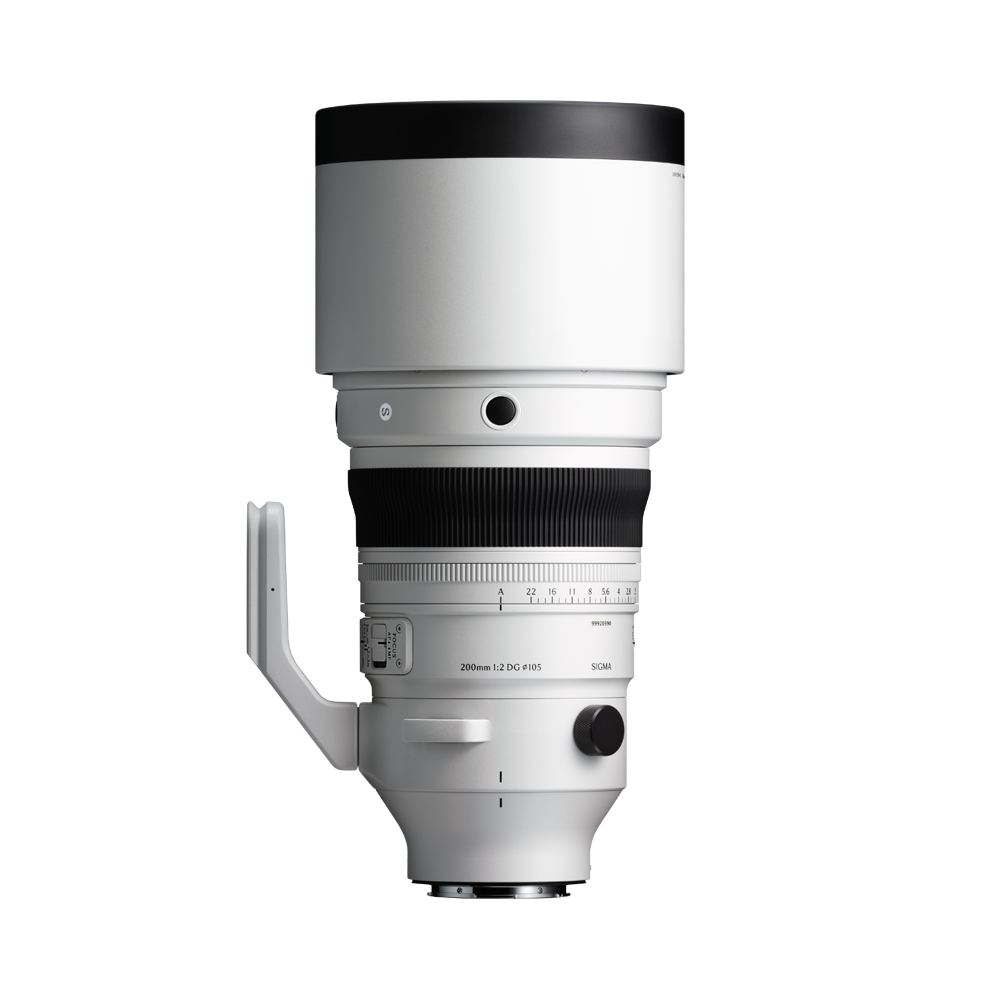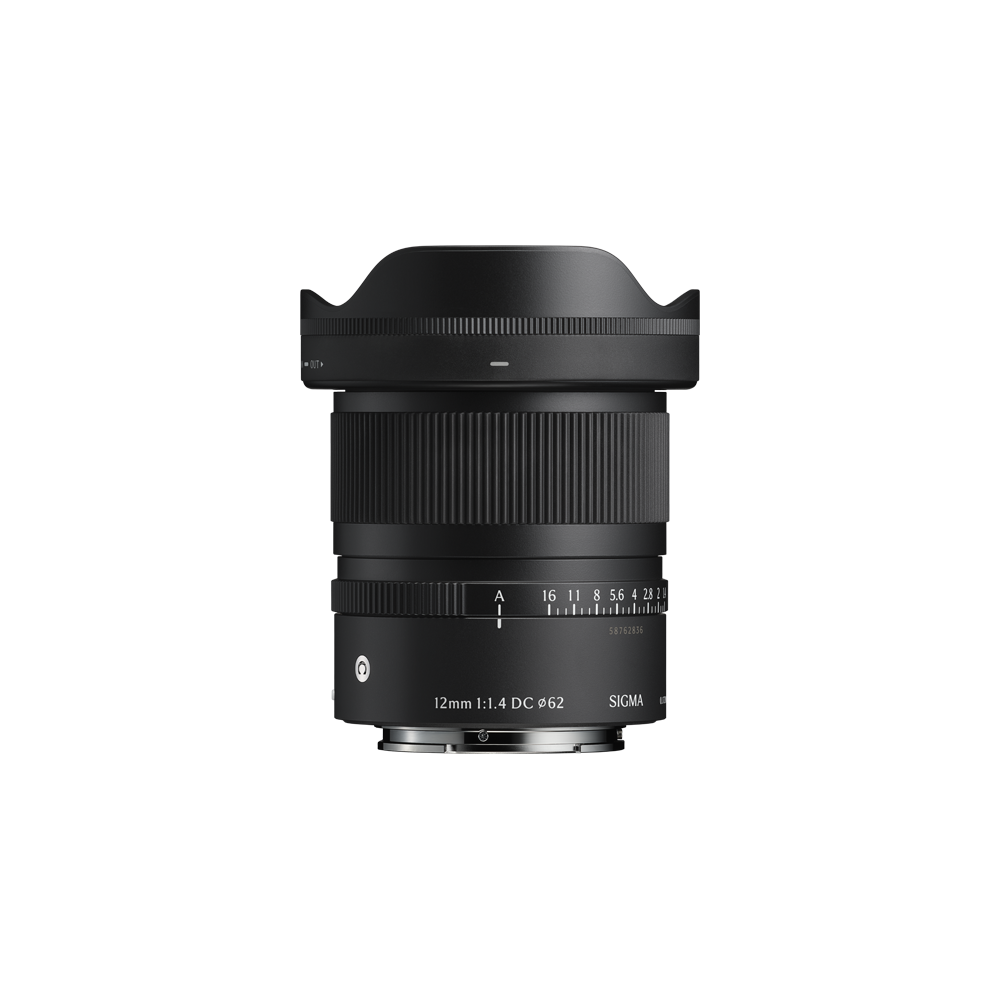ART
135mm F1.4 DG
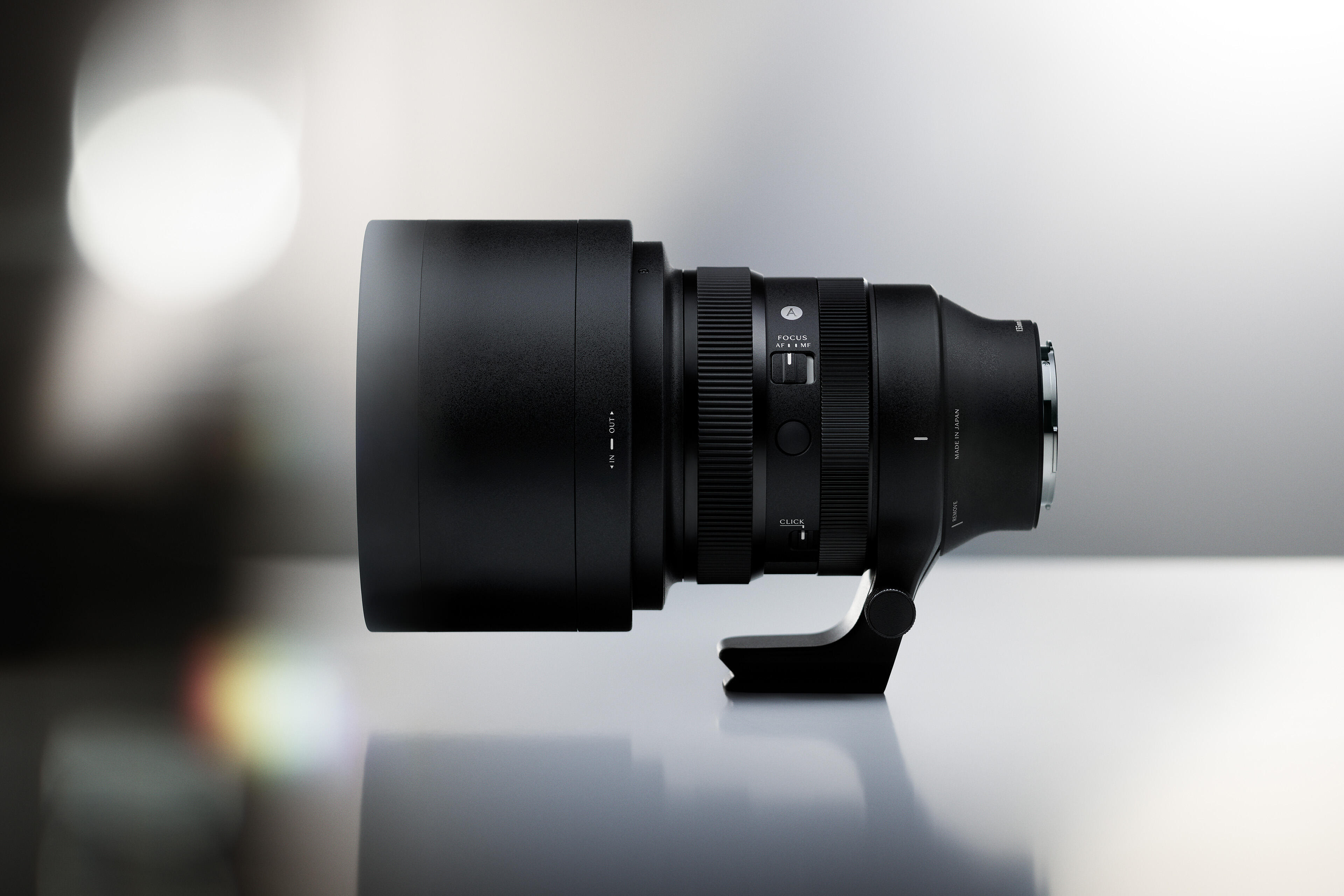
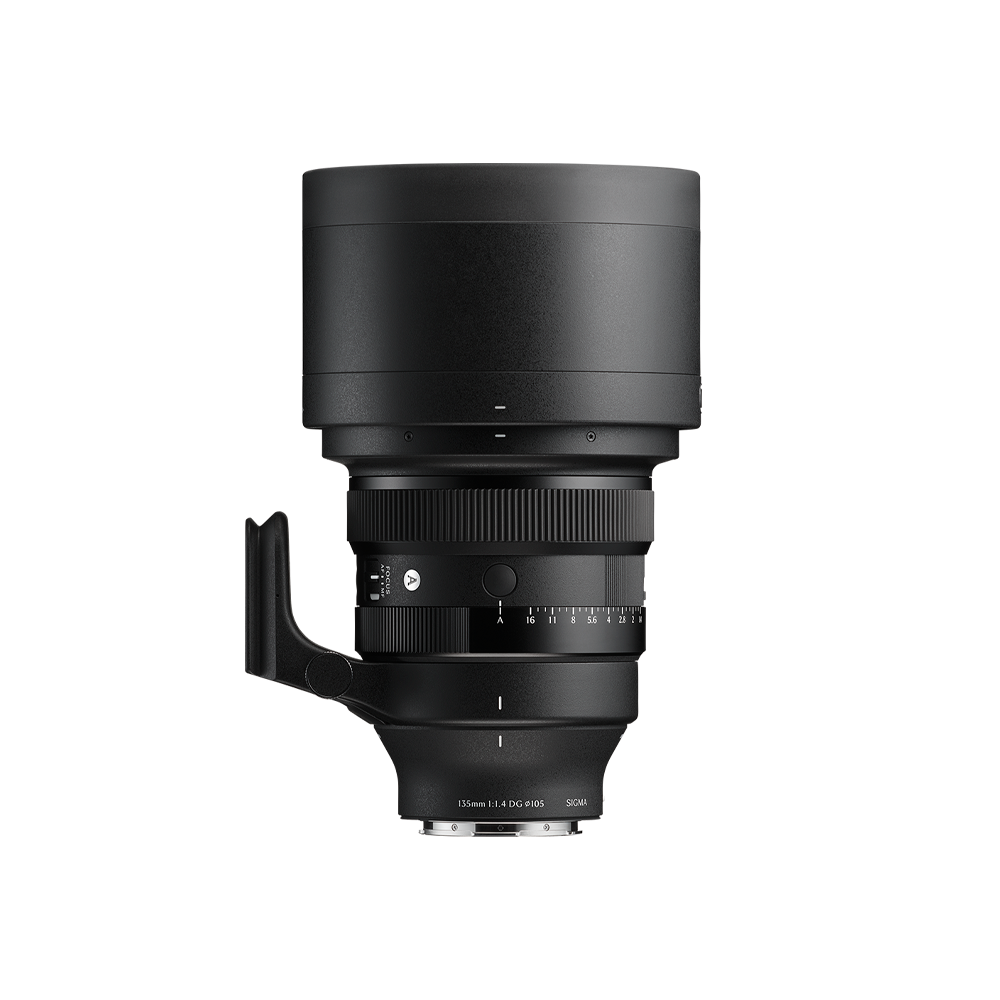
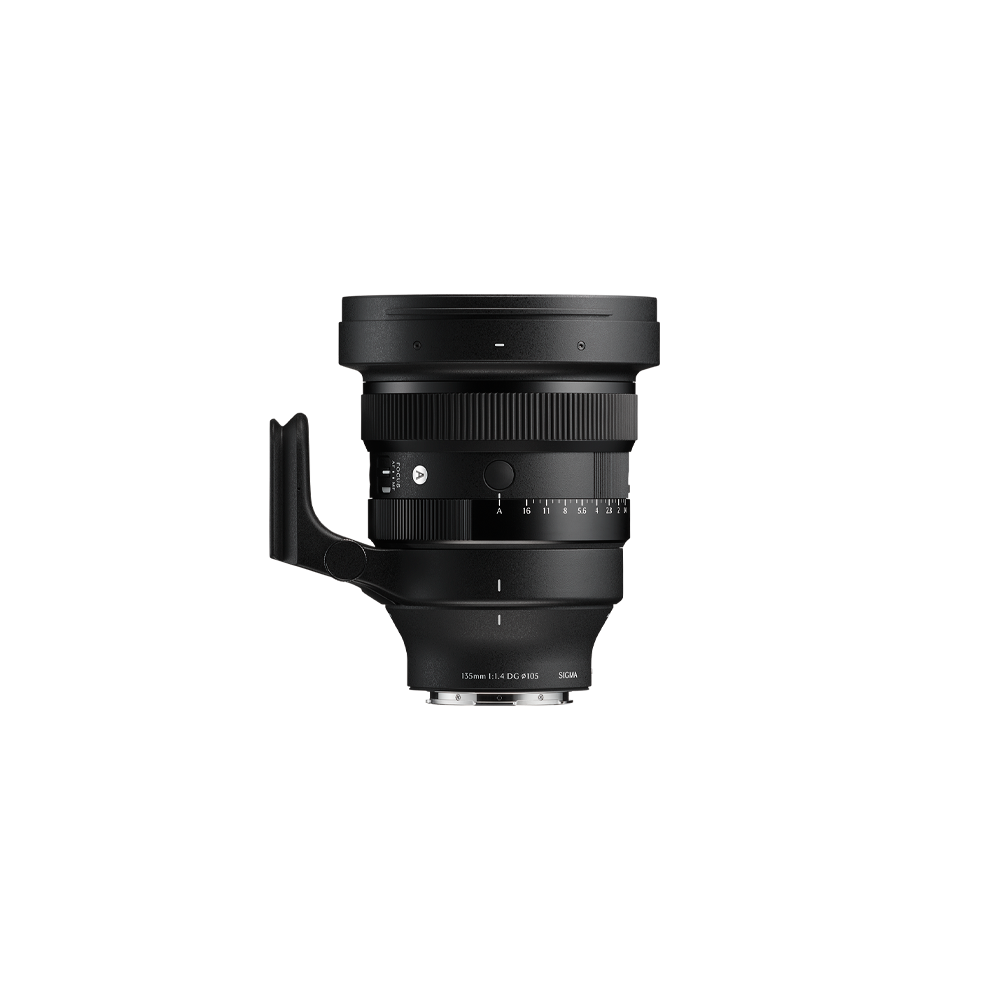
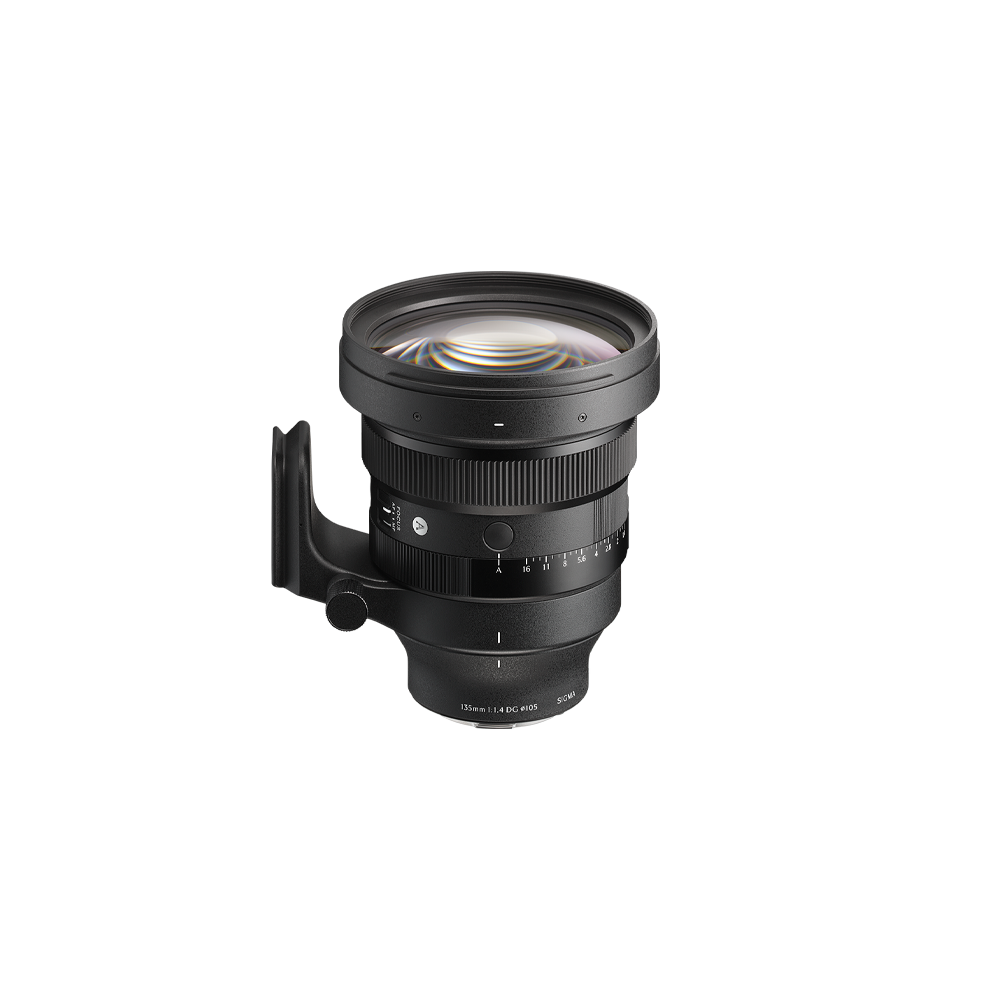
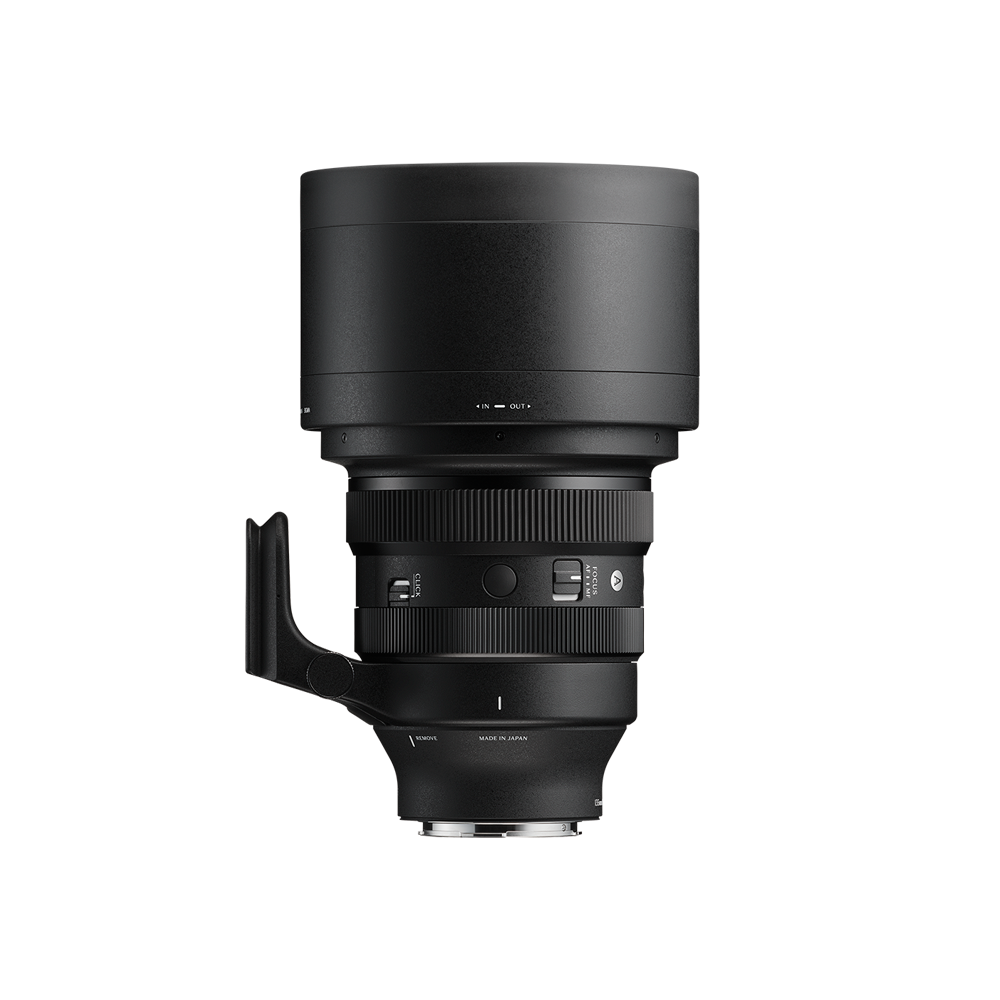
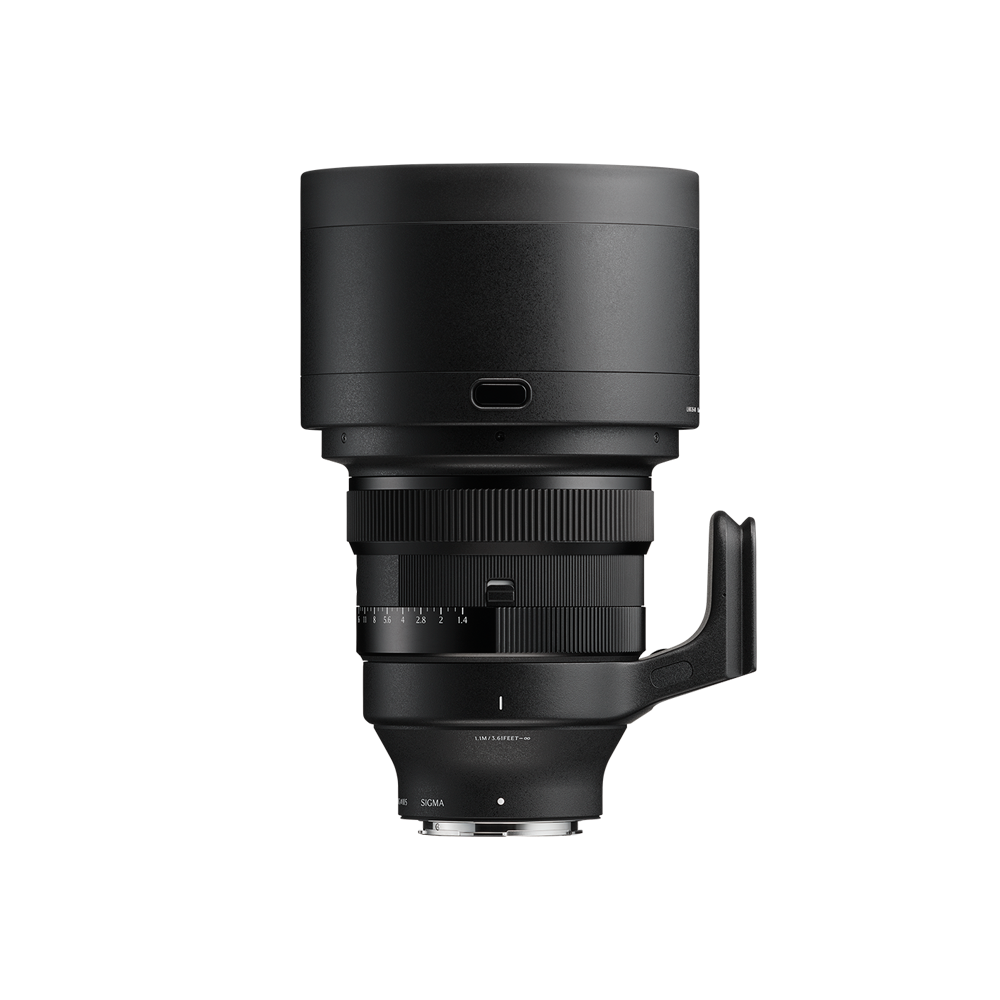





New
ART
135mm F1.4 DG
Available mounts
- L-Mount
- Sony E-mount
- The world’s first AF 135mm F1.4
- Large bokeh for powerful visual expression
- Precision optics for exquisite portrait detail
- Fast, accurate autofocus to capture fleeting expressions
- A wealth of functions for professional use and excellent build quality
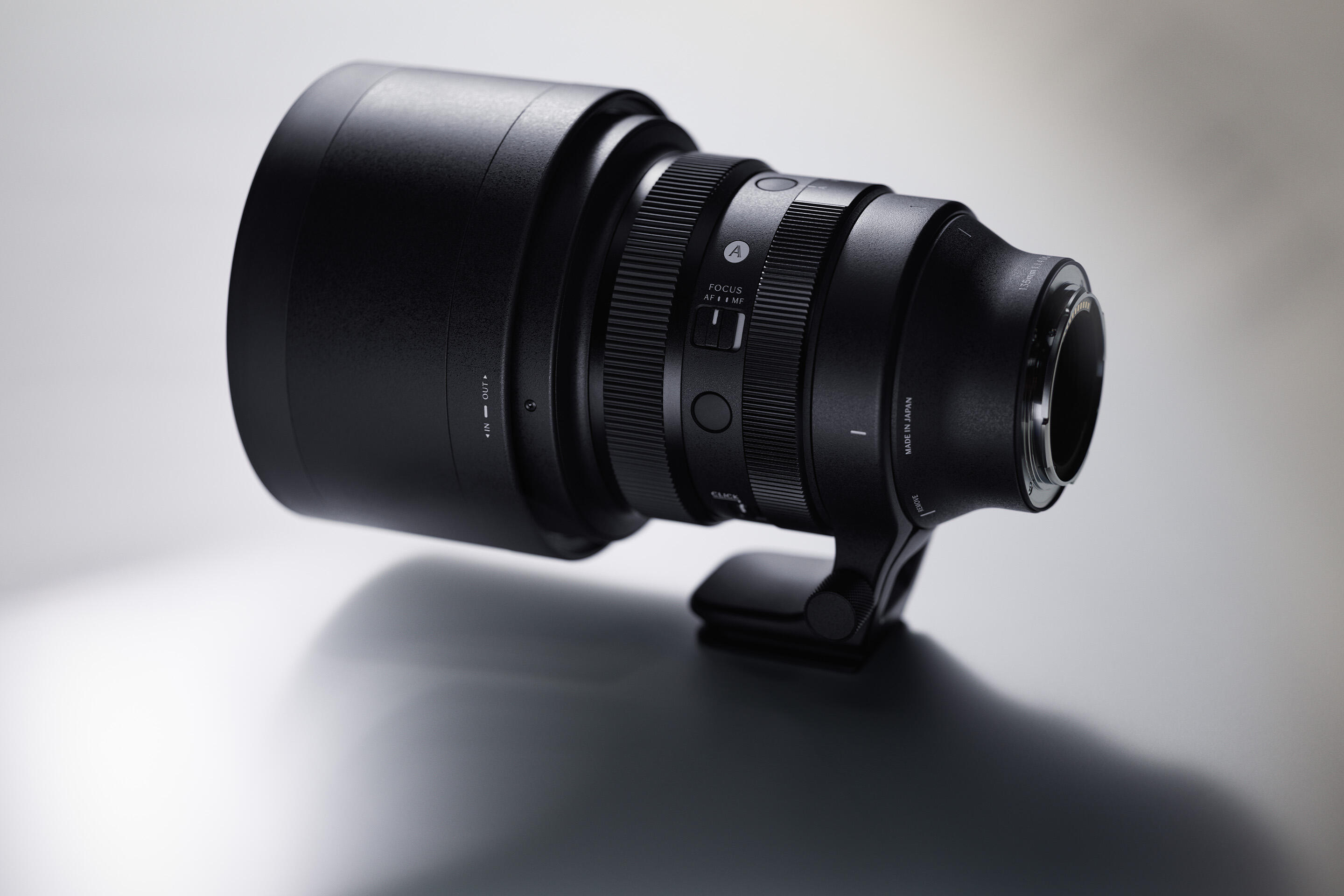
REVOLUTIONIZING PORTRAITS WITH THE WORLD’S FIRST*1 AF 135mm F1.4.
The Sigma 135mm F1.4 DG | Art is the world’s first 135mm autofocus lens to achieve a maximum aperture of F1.4, delivering exceptional expressive capabilities for portrait photography.
Its unrivaled large bokeh and stunning resolution that renders every detail create an extraordinary sense of depth and dimensionality.
The natural perspective and moderate shooting distance unique to 135mm, combined with the rich bokeh of the bright F1.4 aperture, make the subject stand out and render on an entirely different level compared to conventional 135mm F1.8 lenses.
Built on extensive expertise gained from developing numerous F1.4 prime lenses, this new 135mm lens from Sigma sets a new standard in portrait photography.
*1 As of September 2025, by Sigma.
-
Camera Type
Mirrorless -
Corresponding Mount
L-Mount,Sony E-mount -
Sensor Format
Full-frame [DG] -
Lens Construction
17 elements in 13 groups (4 FLD, 2 aspherical elements)
-
Angle of View
18.2°
-
Number of Diaphragm Blades
13 (Rounded Diaphragm)
-
Minimum Aperture
F16
-
Minimum Focusing Distance
110cm / 43.4in.
-
Maximum Magnification Ratio
1:6.9
-
Filter Size
φ105mm
-
Dimensions (Diameter × Length)
L-Mount: φ111.7mm x 135.5mm / φ4.4in. x 5.3in.
Sony E-mount: φ111.7mm x 137.5mm / φ4.4in. x 5.4in. -
Weight
L-Mount: 1,430g / 50.4oz.
Sony E-mount: 1,420g / 50.1oz. -
Edition Number
A025
The three-digit code on the surface of the lens is to indicate the year the lens was first released.
(Since it is different from the year of manufacture, the release year and edition number may not match depending on the mount.) -
Supplied Accessories
Pouch
Lens Hood LH1126-01
Front Cap LCF-105 IV
Rear Cap LCR III
Tripod Socket TS-181
Protective Cover PT-61
Shoulder Strap -
Mount / Product Barcode
L-Mount:00-85126-24169-8
Sony E-mount:00-85126-24165-0 -
* This product is developed, manufactured and sold based on the specifications of E-mount which was disclosed by Sony Corporation under the license agreement with Sony Corporation.
* L-Mount is a registered trademark of Leica Camera AG.
-
Unmatched large bokeh opens up new expressive possibilities
The most notable feature of the Sigma 135mm F1.4 DG | Art is its extremely large bokeh. The effective aperture diameter*1 of the 135mm F1.4 lens produces exceptional bokeh, which is larger than that of the Sigma 105mm F1.4 DG HSM | Art known as “Bokeh Master,” and is comparable to that of the Sigma 200mm F2 DG OS | Sports.
The natural perspective unique to 135mm, together with its overwhelming bokeh, highlights the subject and creates dimensional portraits achievable only with this lens.*1 The effective aperture diameter is calculated by dividing the focal length by the F-number. It refers to the diameter of the light beam that forms an image at the center of the image sensor. A larger effective aperture results in a shallower depth of field and more pronounced bokeh.
-
Optical design optimized to produce the natural bokeh
Thorough correction of chromatic aberration, which is common in telephoto lenses, achieves clear bokeh without color bleeding.
The design also minimizes vignetting, rendering natural, near-circular bokeh even at the edges―fully utilizing the wide-open aperture. -
Sigma’s craftsmanship behind the beautiful bokeh
A 13-blade diaphragm maintains a circular bokeh shape, while exceptional precision in aspherical lens processing further enhances its smoothness.
This beautiful, natural bokeh is the result of Sigma’s know-how gained through development of F1.4 prime lenses over many years and the advanced manufacturing technology cultivated at its Aizu factory. -
Clear subject detail even at maximum aperture
Four large FLD glass elements are positioned, along with strategically placed high-dispersion glass elements to thoroughly suppress axial chromatic aberration, which tends to be more pronounced in large-aperture telephoto lenses. As a result, the lens delivers crisp subject detail even when shot wide open, making full use of the exceptionally shallow depth of field unique to a 135mm F1.4.
-
Floating focus system for consistent sharpness
A floating focus system moves the two focus lens groups independently, ensuring consistently high resolution across the entire focus range.
-
Dual HLA for fast, precise autofocus
Each of the two focus groups is driven by its own HLA (High-response Linear Actuator), forming a dual HLA system.
By incorporating two distinct types of HLAs, each optimized for the movement range of a focus group, the dual HLA system ensures both the high thrust needed for large-aperture telephoto lenses and fast, precise AF performance. This allows even fleeting expressions and fast-moving subjects to be captured with exceptional reliability. -
Designed to minimize flare and ghosting
Flare and ghosting, which reduce image quality, are addressed under all conditions of incident light, based on the most advanced simulation technology and Sigma’s Super Multi-Layer Coating. High backlight resistance enables clear and sharp images under any lighting conditions.
-
Various shooting assist functions
The lens is equipped with an AFL button in two locations, which can be assigned to a range of functions via the menu on selected cameras. In addition to the aperture ring, the lens is equipped with an aperture ring lock switch and a click switch to turn the click on and off.
-
Dust- and splash-resistant structure*1 and water- and oil-repellent coating
In addition to a dust- and splash-resistant structure, the front element of the lens features a water- and oil-repellent coating, allowing photographers to shoot without concerns even in harsh outdoor environments.
*1 The structure is designed to be dust- and splash- resistant, but not waterproof. Be careful not to bring the lens in contact with a large amount of water. Water inside the lens may cause major damage and even render the lens unrepairable.
-
Excellent build quality of Sigma’s Art line specifications
Metal components such as aluminum and magnesium alloys are combined with engineering plastics like TSC*2, strategically placed throughout the construction. This balances the durability required to support the optical system of a large-diameter lens with the lightweight design necessary for comfortable handling. The Art line offers remarkable rigidity, durability, and build quality for long-term reliability as a tool of expression.
*2 TSC (Thermally Stable Composite) is a type of polycarbonate with a thermal expansion rate similar to that of aluminium. It has a high affinity to metal parts, which contributes to high quality product manufacturing.
-
Arca-Swiss compatible tripod socket for long studio shoots
The lens comes with a lightweight yet robust tripod socket made of magnesium alloy, compatible with Arca-Swiss clamps. It provides excellent stability during studio sessions and extended shooting, helping photographers stay focused on their creative expression. The tripod socket is also removable and can be replaced with the supplied protective cover.
-
Supplied hood with a button-type locking mechanism
The supplied hood is equipped with a button-type locking mechanism for secure attachment and removal. It is constructed from CFRP, a polycarbonate material reinforced with carbon fiber, making it both lightweight and durable.
-
Lens construction
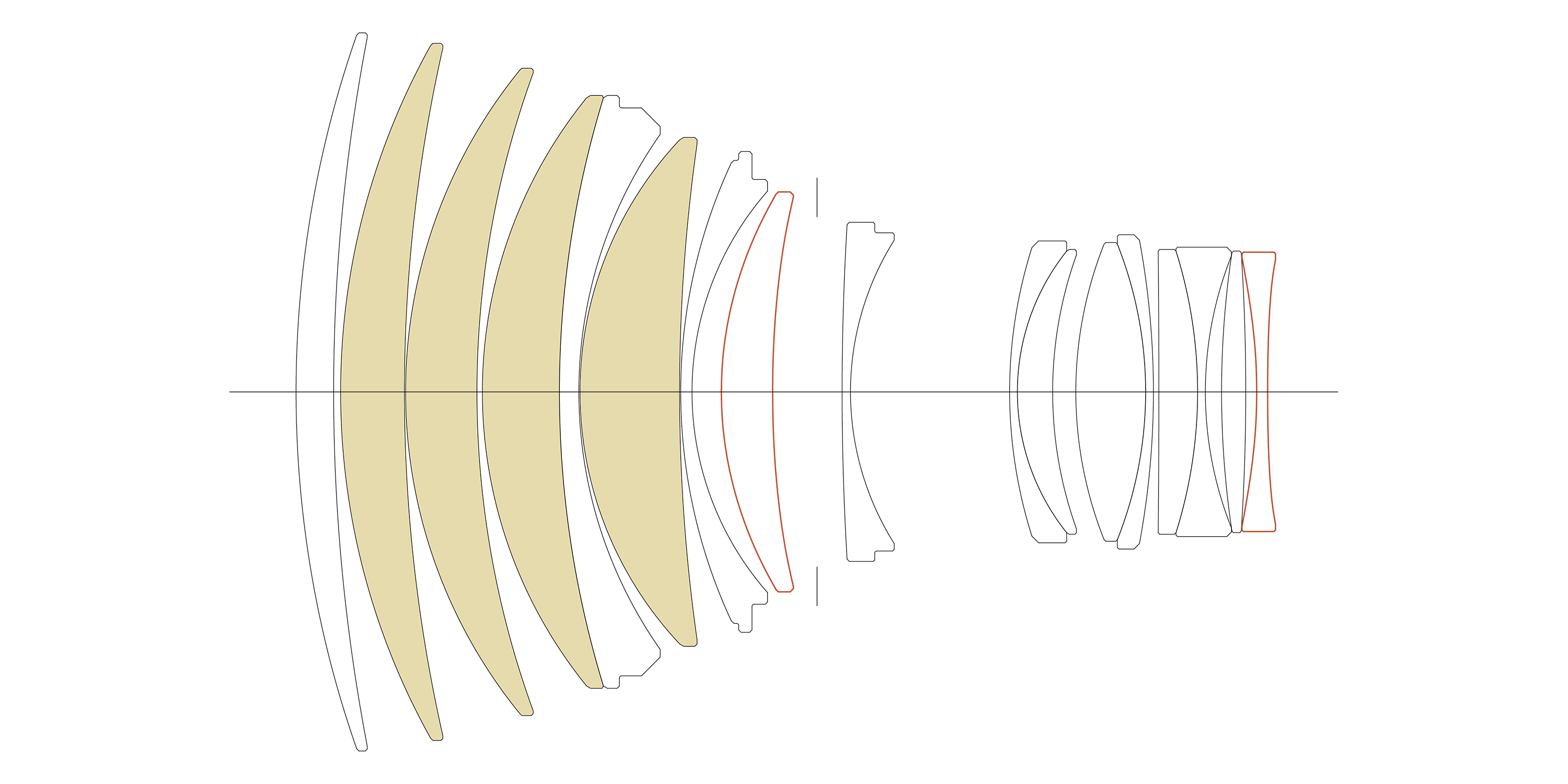
FLD glass
Aspherical lens
-
MTF CHART
Diffraction MTF
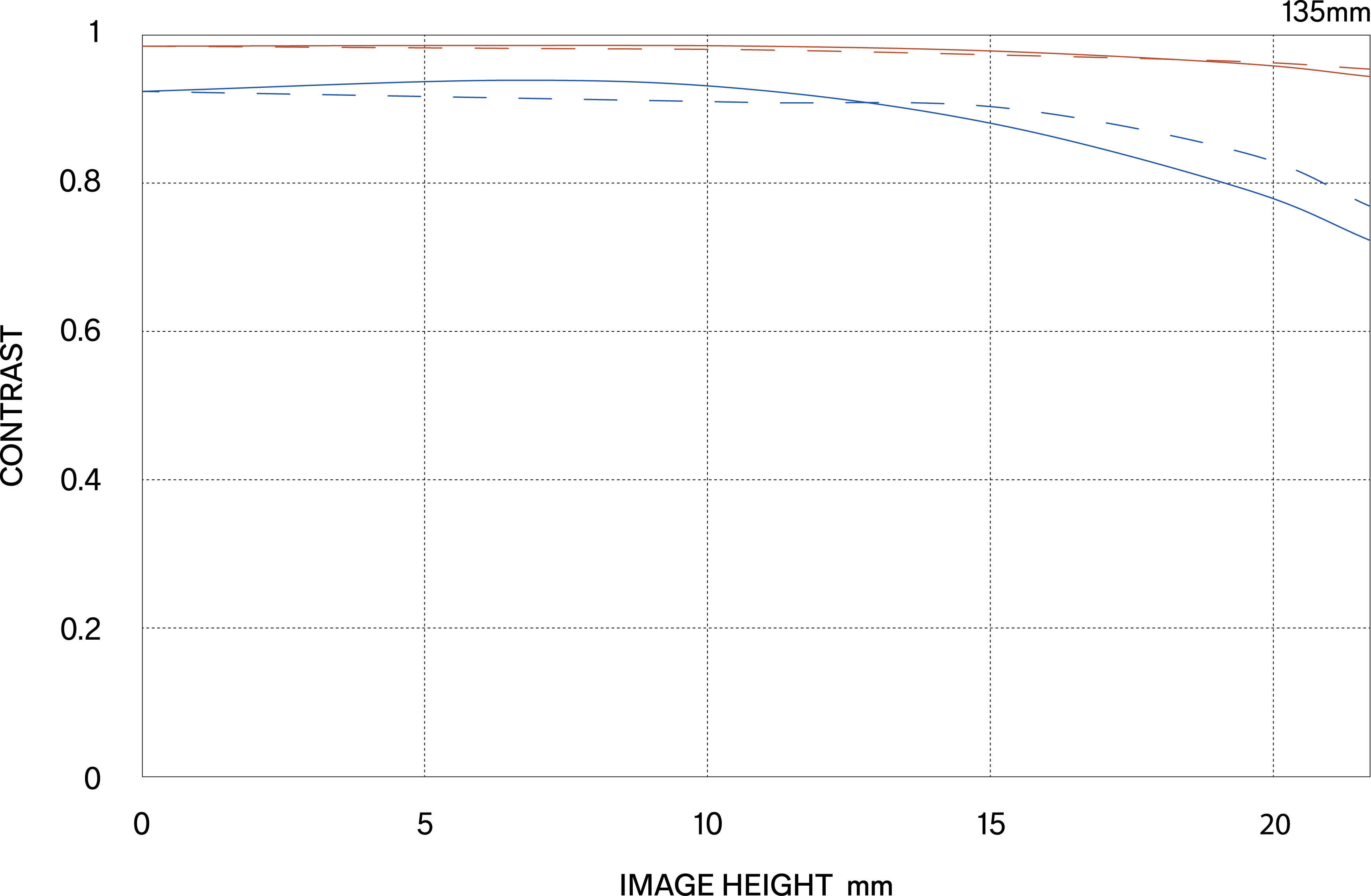
Geometrical MTF
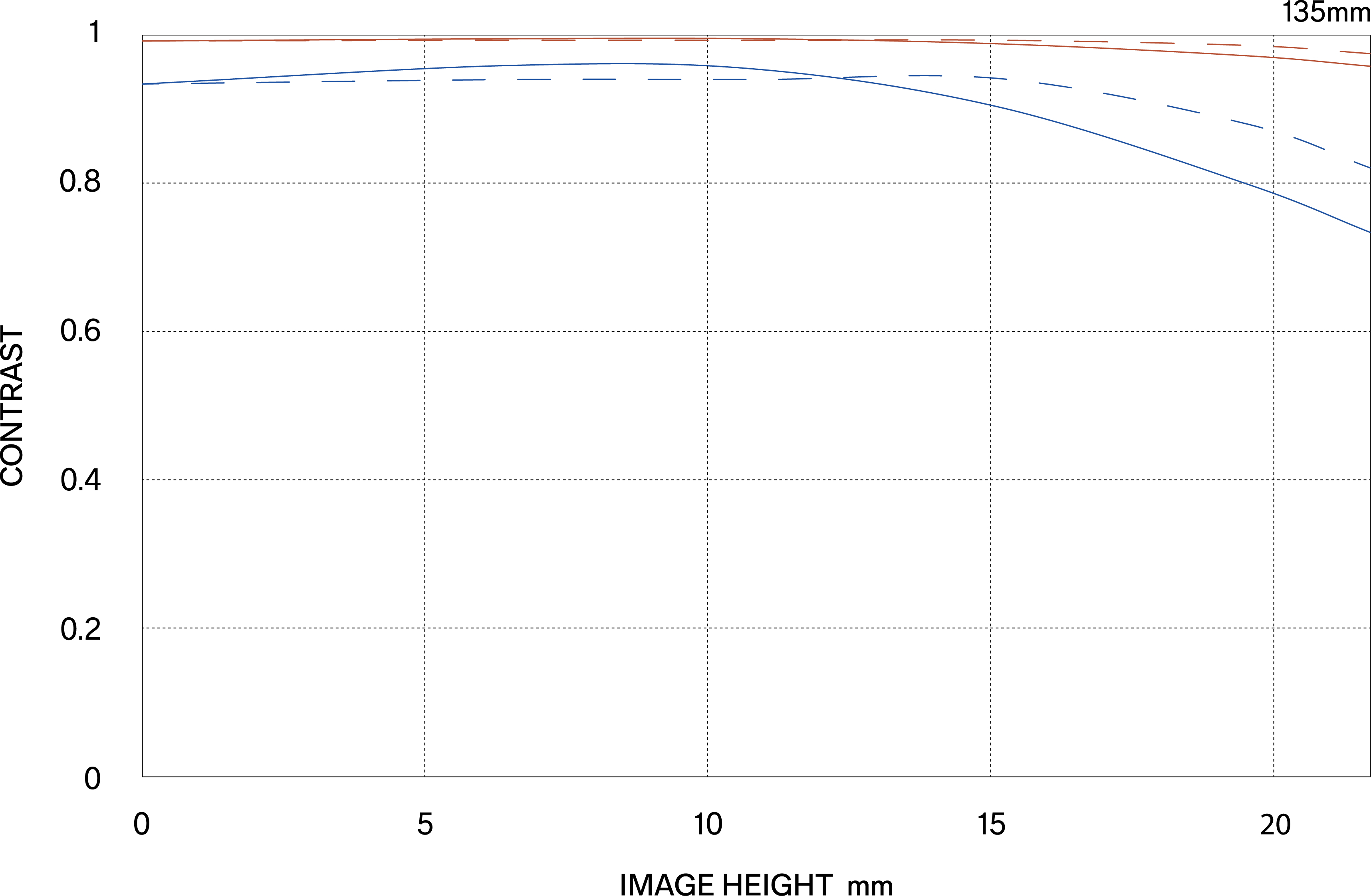
-
Spatial frequency
S:Sagittal Line
M:Meridional Line
-
10lp/mm
-
30lp/mm
-
-
Mount Conversion Service available
-
Support for switching between linear and non-linear focus ring settings (for L-Mount only)
-
Compatible with Sigma USB Dock UD-11 (sold separately / for L-Mount only)
-
Every single lens undergoes Sigma’s proprietary MTF measuring system
-
Camera
Sony α1
-
Shutter Speed
1/2000s
-
Lens F Number
F1.4
-
ISO
250
-
Focal Length
135mm
-
Photographer
Ara Coutts
-
Camera
Sony α1
-
Shutter Speed
1/2000s
-
Lens F Number
F1.4
-
ISO
250
-
Focal Length
135mm
-
Photographer
Ara Coutts
-
Camera
Sony α1
-
Shutter Speed
1/8000s
-
Lens F Number
F1.6
-
ISO
250
-
Focal Length
135mm
-
Photographer
Ara Coutts
-
Camera
Sony α1
-
Shutter Speed
1/500s
-
Lens F Number
F2.0
-
ISO
250
-
Focal Length
135mm
-
Photographer
Ara Coutts
-
Camera
Sigma fp L
-
Shutter Speed
1/500s
-
Lens F Number
F1.4
-
ISO
320
-
Focal Length
135mm
-
Photographer
Marc Haers
-
Camera
Sigma fp L
-
Shutter Speed
1/2500s
-
Lens F Number
F1.4
-
ISO
100
-
Focal Length
135mm
-
Photographer
Marc Haers
-
Camera
Sigma fp L
-
Shutter Speed
1/4000s
-
Lens F Number
F1.4
-
ISO
100
-
Focal Length
135mm
-
Photographer
Marc Haers
-
Camera
LEICA SL2
-
Shutter Speed
1/100s
-
Lens F Number
F1.4
-
ISO
50
-
Focal Length
135mm
-
Photographer
Marc Haers





